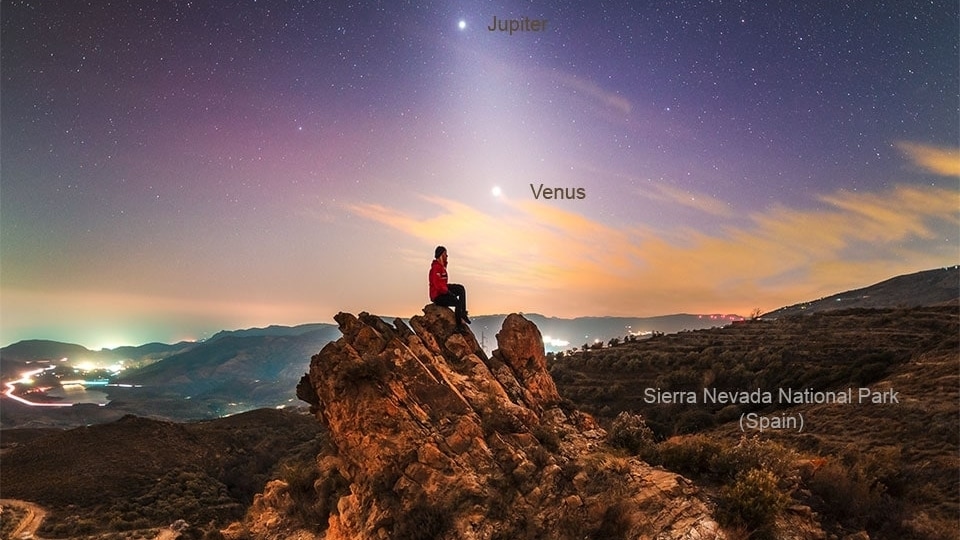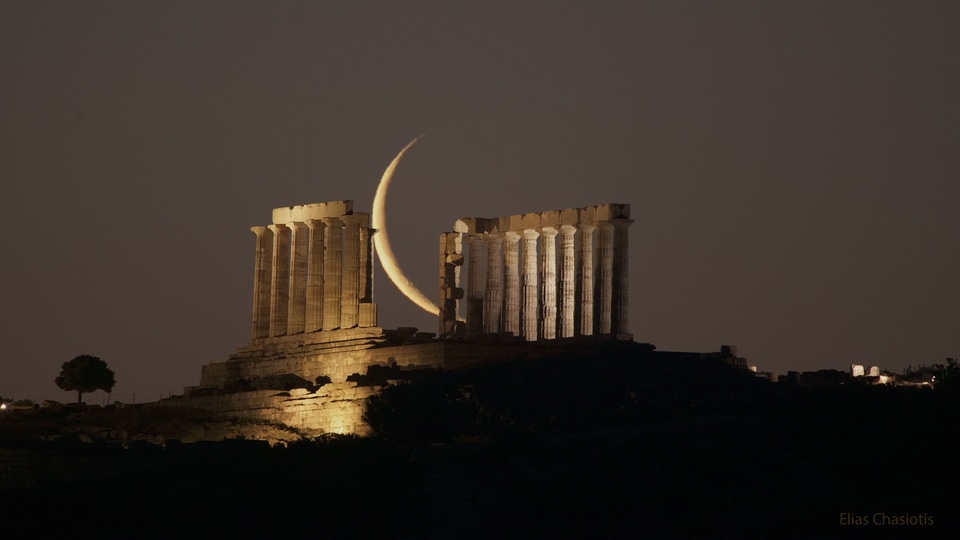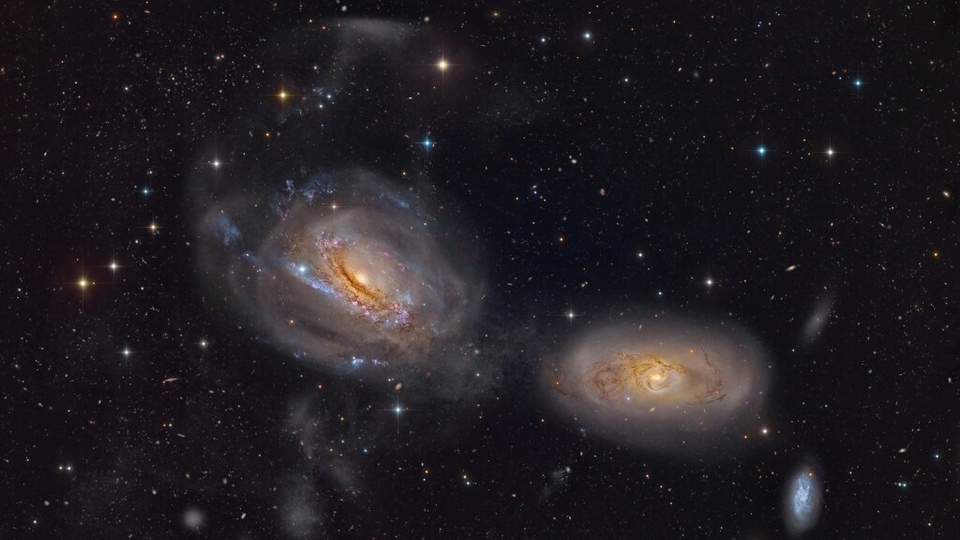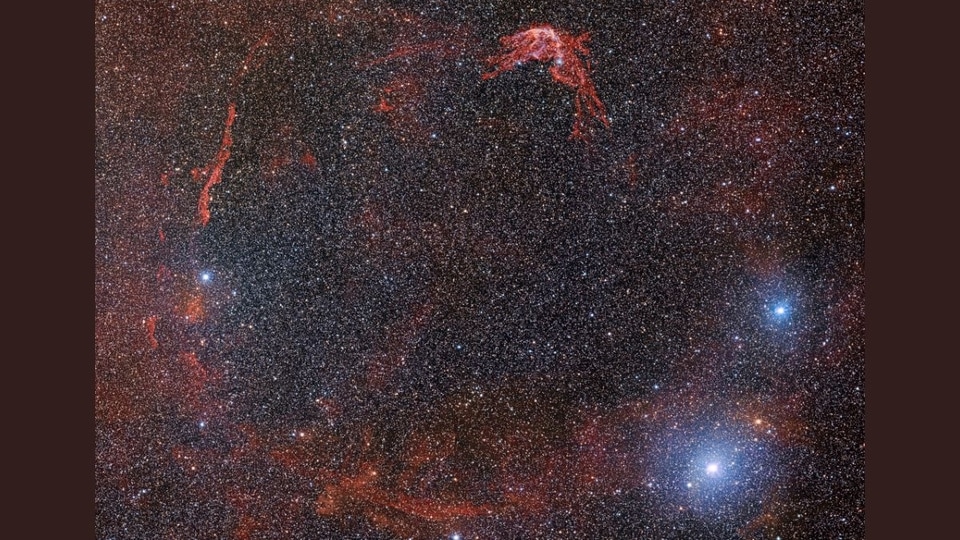NASA Astronomy Picture of the Day 7 March 2023: Stellar Large Magellanic Cloud
NASA's Astronomy Picture of the Day is a stellar picture of the Large Magellanic Cloud located in the constellation Dorado.






 View all Images
View all ImagesMost galaxies exist in groups or clusters with dozens or hundreds of members, and these cluster galaxies are all in constant motion, pulled and twisted by their neighbour's gravity. One such galaxy cluster is the Hydra Cluster of galaxies which is one of the three large galaxy clusters within 200 million light-years of the Milky Way. One such galaxy is the Large Magellanic Cloud, which is the largest satellite galaxy in our own Milky Way Galaxy.
NASA's Astronomy Picture of the Day is a stellar picture of the Large Magellanic Cloud, which is located about 180,000 light-years away towards the constellation Dorado. According to NASA, the Large Magellanic Cloud spans about 15000 light-years. The Large Magellanic Cloud (LMC) is also the sight of the brightest and closest supernova observed in recent times. Amazingly, the Large Magellanic Cloud can be seen in Earth's Southern hemisphere with the naked eye.
The image was captured by Yuri Beletsky who is an astronomer and night sky photographer associated with the TWAN initiative. Spending most is time under the starry sky, Yuri captures breathtaking nightscapes and the images of the Universe. The World At Night (TWAN) is an international effort to present stunning night photos and timelapse videos of the world's landmarks against celestial attractions.
NASA's description of the picture
Is this a spiral galaxy? No. Actually, it is the Large Magellanic Cloud (LMC), the largest satellite galaxy of our own Milky Way Galaxy. The LMC is classified as a dwarf irregular galaxy because of its normally chaotic appearance. In this deep and wide exposure, however, the full extent of the LMC becomes visible. Surprisingly, during longer exposures, the LMC begins to resemble a barred spiral galaxy.
The Large Magellanic Cloud lies only about 180,000 light-years distant towards the constellation of the Dolphinfish (Dorado). Spanning about 15,000 light-years, the LMC was the site of SN1987A, the brightest and closest supernova in modern times. Together with the Small Magellanic Cloud (SMC), the LMC can be seen in Earth's southern hemisphere with the unaided eye.
Catch all the Latest Tech News, Mobile News, Laptop News, Gaming news, Wearables News , How To News, also keep up with us on Whatsapp channel,Twitter, Facebook, Google News, and Instagram. For our latest videos, subscribe to our YouTube channel.
































